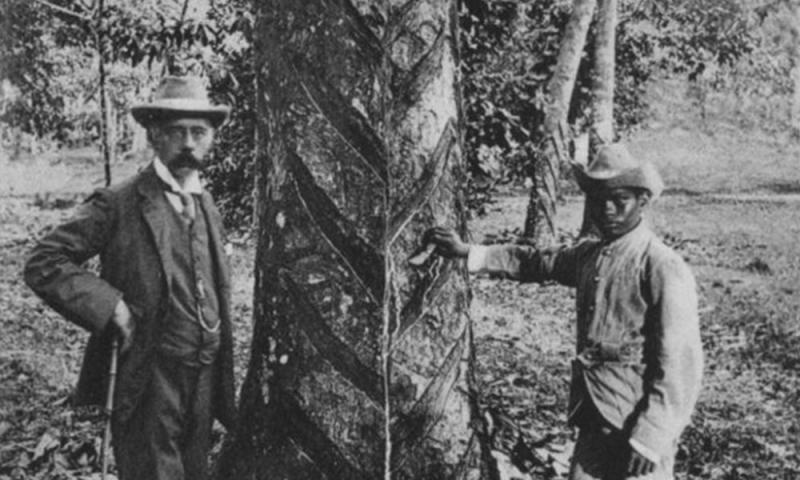HISTORY | How the British created two Malayas
HISTORY: TOLD AS IT IS | After 130 years of Portuguese rule (1511-1641) and another 183 years of Dutch rule (1641-1824), it was time for the British to take control of the Malay peninsula beginning with the occupation of Penang island in 1786.
However, unlike the Portuguese and the Dutch, the British colonial era left the greatest enduring legacy. From the creation of a multicultural society to the creation of Malaysia as a political state, British colonialism dictated how the country would be managed even after independence.
The more far-reaching legacy is that of economic inequality. When CA Vlieland, the Superintendent of the Malayan Census in 1931, used the terms ‘Old Malaya’ to refer to the northern Unfederated Malay States (Kedah, Perlis, Kelantan, and Terengganu) and ‘New Malaya’ to refer to the west coast Federated Malay States (Perak, Negeri Sembilan, Selangor, and Pahang), there were dividing lines being drawn.
The British evidently focused on developing the economy on the west coast, whereas the east coast remained less developed, if not underdeveloped.
From 1957, independent Malaya inherited this disparity, which persists to this day. A review of colonial Malaya’s economic history reveals how and why this has unfolded.
After the Pangkor Agreement of 1874, British intervention in Perak was followed by similar action in the rest of the western...
RM12.50 / month
- Unlimited access to award-winning journalism
- Comment and share your opinions on all our articles
- Gift interesting stories to your friends
- Tax deductable

 Sivachandralingam Sundara Raja
Sivachandralingam Sundara Raja